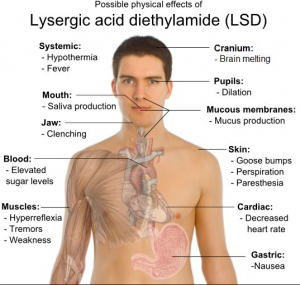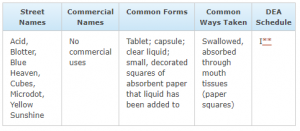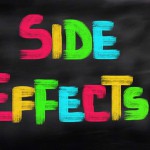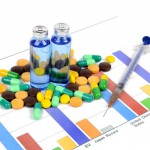LSD Names
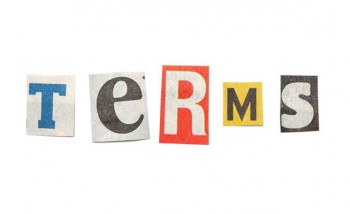
The most noticeable signs of LSD use are probably delusions and visual hallucinations. These are often accompanied by a high degree of anxiety and loss of connection with reality (called “bad trips”). These effects can be re-experienced, even without taking LSD again. LSD is not considered addictive but people can build a tolerance for it and then take more each time – this is very dangerous considering the unpredictability of how each trip will affect the individual. Some possible health effects include rapid changes in emotions, distorted perception of reality, inability to communicate clearly with others and enlarged pupils.
Other physical effects include:
- heightened body temperature
- increased heart rate
- increased blood pressure
- sleeplessness
- loss of appetite
None of these physical effects are definitive signs of LSD usage, but they do bear looking into in any case, so consulting a health care professional is a good idea.
Another way to recognize use is if the person refers to the substance.
LSD Street Names
As is often the case with street names, some of those for LSD are variations on some element of the substance’s chemical name, lysergic acid diethylamide):
- acid • battery acid
- big D
- blue acid
- Cid
- L
- lime acid
- LSD
Others refer to an amount of LSD or a method of administration. Cuberefers to the fact that because LSD is bitter, it is sometimes placed on sugar cubes. Paper and blotter reference the practice of placing blotter paper with liquid LSD on the tongue. The other references are to tablets.
- acid cube
- black tabs
- blotter
- blue microdot
- brown dots
- chocolate chips
- cube (1 oz.)
- microdot
- paper acid
- peace tablets
- sugar cubes
- sugar lumps
Other street names refer to people associated with it or songs that were supposedly composed under its influence or similar items:
Electric Kool-Aid
Electric Kool-Aid Acid Test was journalist Tom Wolfe’s account of a period in the life of Ken Kesey, who sponsored “Acid Tests.”
Lucy in the Sky with Diamonds
“Lucy in the Sky with Diamonds” is a Lennon-McCartney song written in 1967 and recorded by the Beatles on their album Sgt. Pepper’s Lonely Hearts Club Band. The Beatles denied connection between the song and a reference to LSD • the title was based on a picture that Julian Lennon had drawn of a classmate
Owsley; Owsley’s acid; White Owsleys
Owsley Stanley was a chemist who produced high quality LSD in the sixties.
Purple Haze
“Purple Haze” is a Jimi Hendrix song from 1967 that was mistakenly thought to be a drug reference • it actually came from a dream he had.
Strawberry Fields Forever
Credited as a Lennon-McCartney song, “Strawberry Fields Forever” was a 1967 Beatles song which was then included on Magical Mystery Tour. The title of the song refers to the Salvation Army orphanage in Woolton, but Lennon is thought to have used LSD in the period during which he created it, which accounts for the supposed connection.
Timothy Leary
Timothy Leary was a psychologist who experimented with hallucinogenic drugs and came to advocate their use.
There are many other names as well.
Warning Signs, Names, and Methods of LSD Use Sources:
- drugabuse.gov/drugpages/acidLSD.html
- snopes.com/music/hidden/lucysky.htm
- amazon.com/gp
- songfacts.com/detail.php?id=2553
- whitehousedrugpolicy.gov/streetterms/default.asp
- usscreeningsource.com/druginformation.htm
- nlm.nih.gov/medlineplus/ency/article/001945.htm

